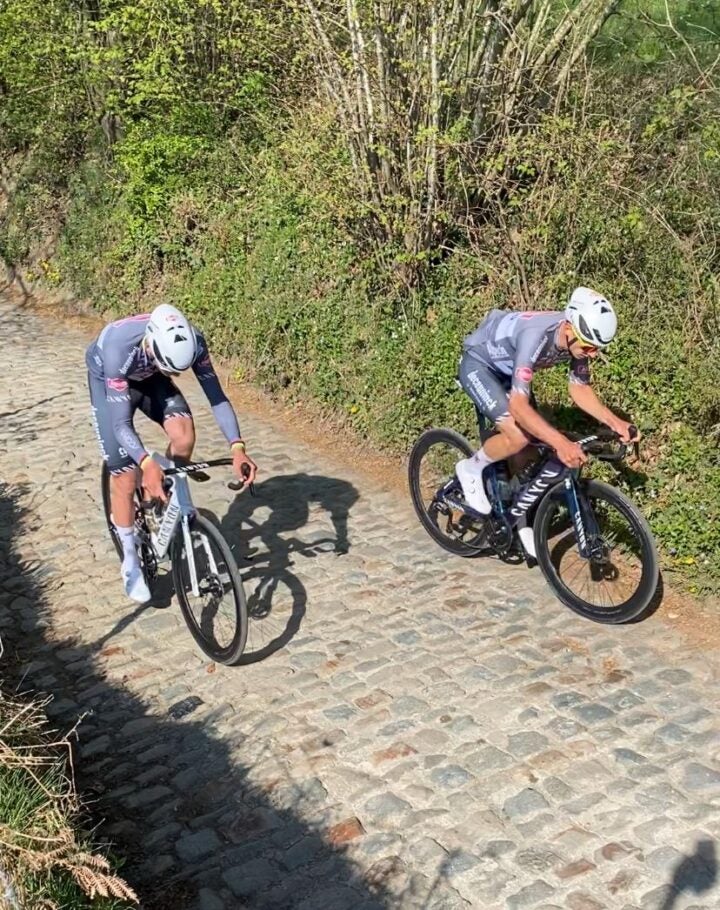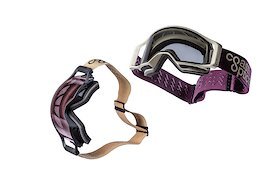Is the hardest climb in the Tour of Flanders too hard?

“], “filter”: { “nextExceptions”: “img, blockquote, div”, “nextContainsExceptions”: “img, blockquote, a.btn, a.o-button”} }”>
OUDENAARDE, Belgium (Velo) — The Koppenberg rises like a cobbled wall from the Flemish countryside, straight up into a vertical version of hell every spring at the Tour of Flanders.
No part of the 265km De Ronde course evokes as much apprehension and even fear among the most hardened of professional cyclists as this 0.6km sector.
Carved out of a Flemish hillside and just 600 meters long, the gradient punches north of 20 percent at its steepest. On race day, it becomes a battleground for position.
No sector provokes as much tension as the approach to the Koppenberg, this year coming at about 45km to go in the middle of the feared second loop.
Forget the romantic photo ops of the Kapelmuur or the grinding madness of the Oude Kwaremont block party — the Koppenberg casts the longest shadow over the Ronde.
In the dry this year
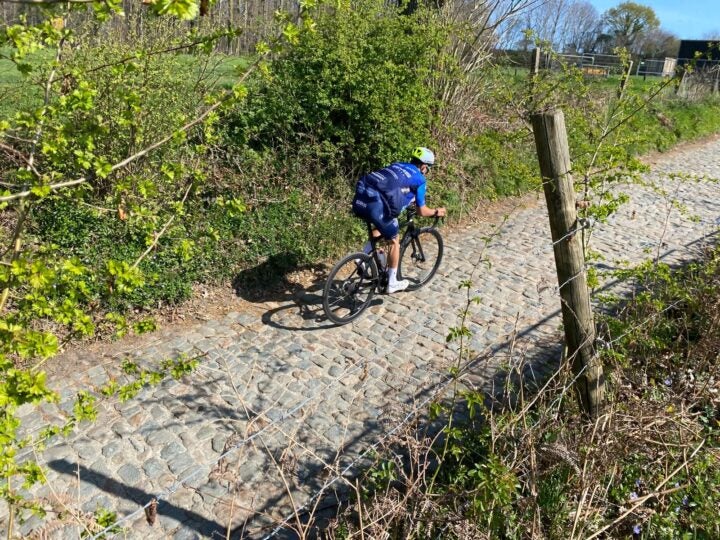
At least the peloton will tackle the nastiest climb in De Ronde in the dry this year.
Last year, it was a very different story. Rain turned the cobbled climb into a vertical ice skating rink.
Oudenaarde i Koppenberg zaczynamy i love this game #koppenberg #RRV25 pic.twitter.com/VadScl5hI9
— Luźny Ryszard PRLCycling Team (@zientwelnateam) April 6, 2025
In 2024, Mathieu van der Poel uncorked a searing effort launched with 44 kilometers to go that proved decisive. Only Matteo Jorgenson and Mads Pedersen managed to ride the whole climb clean.
“There’s the Koppenberg cyclocross race, I think that’s the best way you can describe it,” Magnus Sheffield said after last year’s wet and grimy edition.
Behind them, the peloton descended into a tangle of bikes, mud-slicked Lycra, and shattered dreams. Riders were forced to dismount and walk up the slippery wall in cleats.
A similar chaos unfolded in the women’s race.
Always a decisive moment
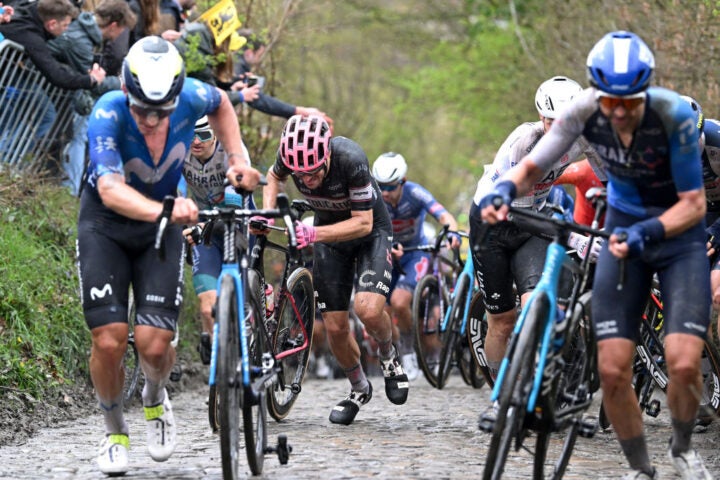
The 2024 edition of De Ronde was all but decided on the Koppenerg. The famed Oude Kwaremont-Paterberg double served little more to confirm the wedge.
The Koppenberg’s legend was born in 1976, when race organizers first sent them rattling up the climb.
MVDP sliding on cobbles
The Koppenberg was something last year
pic.twitter.com/Lg9cEhsokY
— Inside Out (@InsideOut2912) April 5, 2025
The infamous Jesper Skibby incident in 1987 — when a commissaire’s car ran over his wheel as he lay sprawled on the stones — saw the sector sidelined until 2002.
Another hiatus came in 2007, but it’s been a fixture ever since.
Velo hit the cobbled garden of pain on Thursday to watch riders doing their final recon rides.
As expected, Van der Poel floated up the steepest section of the climb. Chloé Dygert was also flying up the wall, topping out ahead of Canyon-SRAM teammate Kasia Niewiadoma.
A climb too hard?
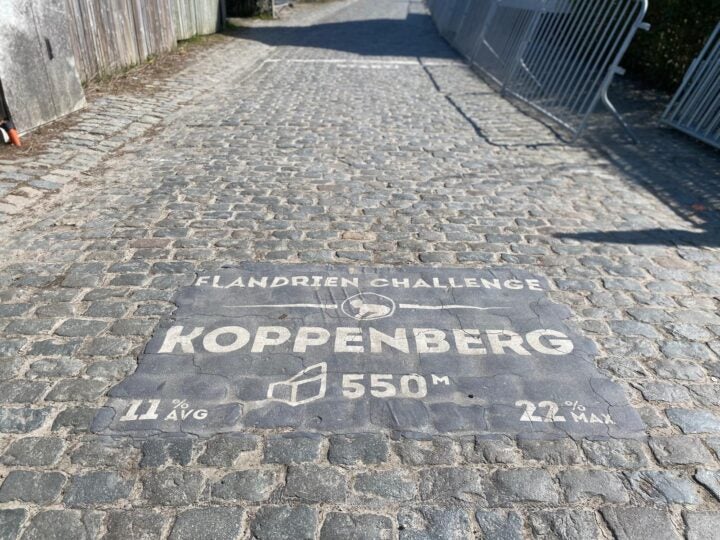
After last year’s mud-splattered carnage, some began again asking if the Koppenberg was too much.
Last year, Van der Poel said emphatically that hardest climb in the race belongs in De Ronde.
1987, el día en el que el Koppenberg casi desaparece del Tour de Flandes para siempre tras el atropello a Skibby. Por fortuna, se volvieron a acondicionar los adoquines y desde el 2002 (salvo 2007) volvemos a disfrutar de la subida más selectiva de la carrera. pic.twitter.com/qwId7X1FCz
— Amantes del Ciclismo (@amantes_cycling) April 3, 2025
“I don’t think so,” he said when asked if the climb should be axed. “I mean, after a while you can get rid of everything. The road to the new climb, the Kapelleberg, was maybe more dangerous than the roads we did last year. The problem is the riders, not the roads, in my opinion.”
For riders and fans alike, the Koppenberg is both a torment and a treasure, a piece of brutal theater that defines the very soul of Flanders.
It may not be fair, and it might not even be sane. But it’s undeniably part of the lore of De Ronde.
